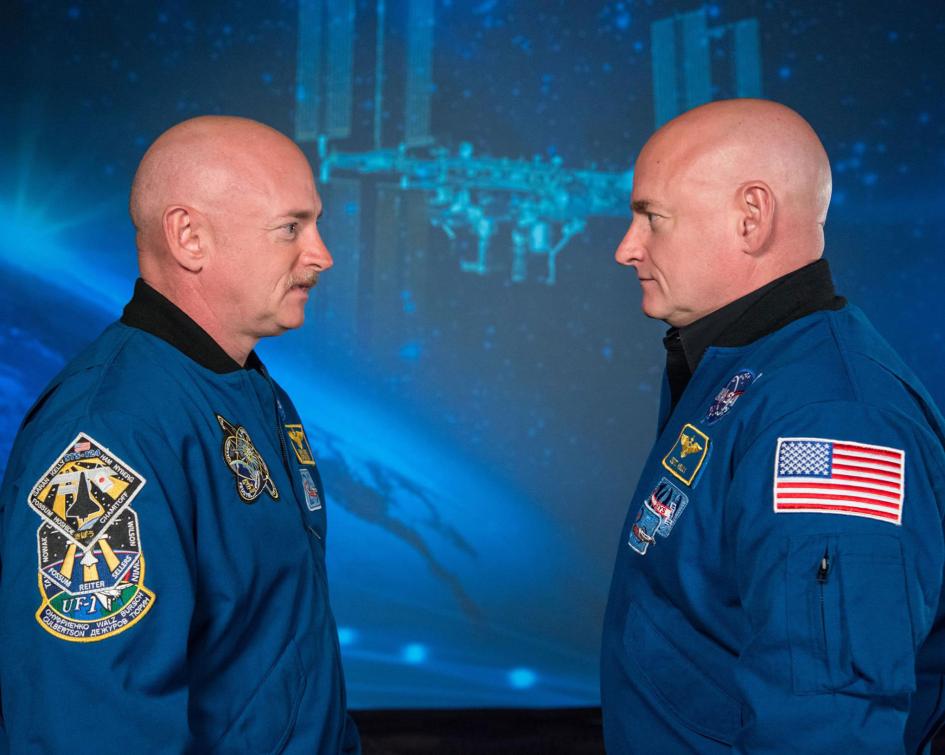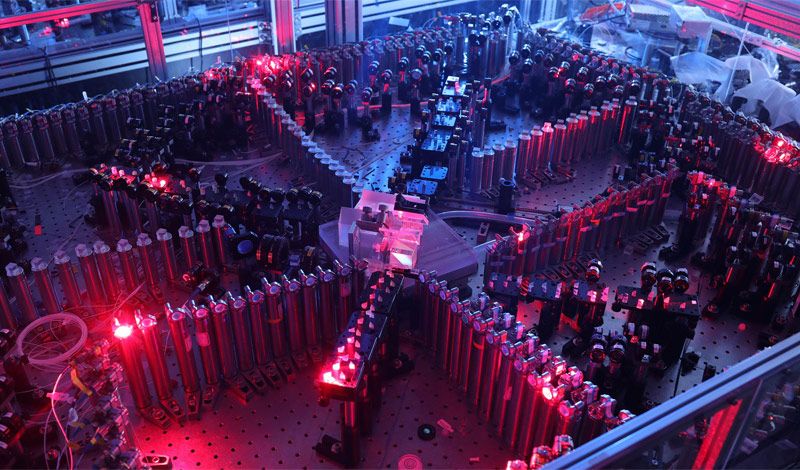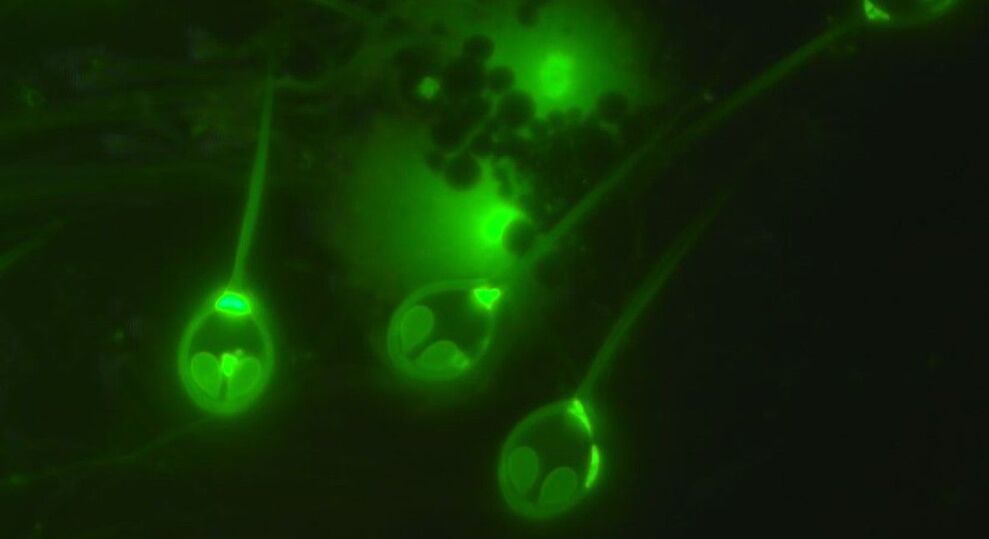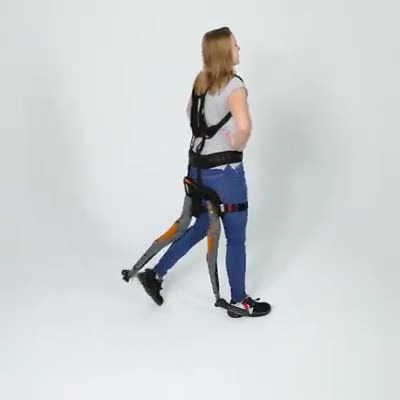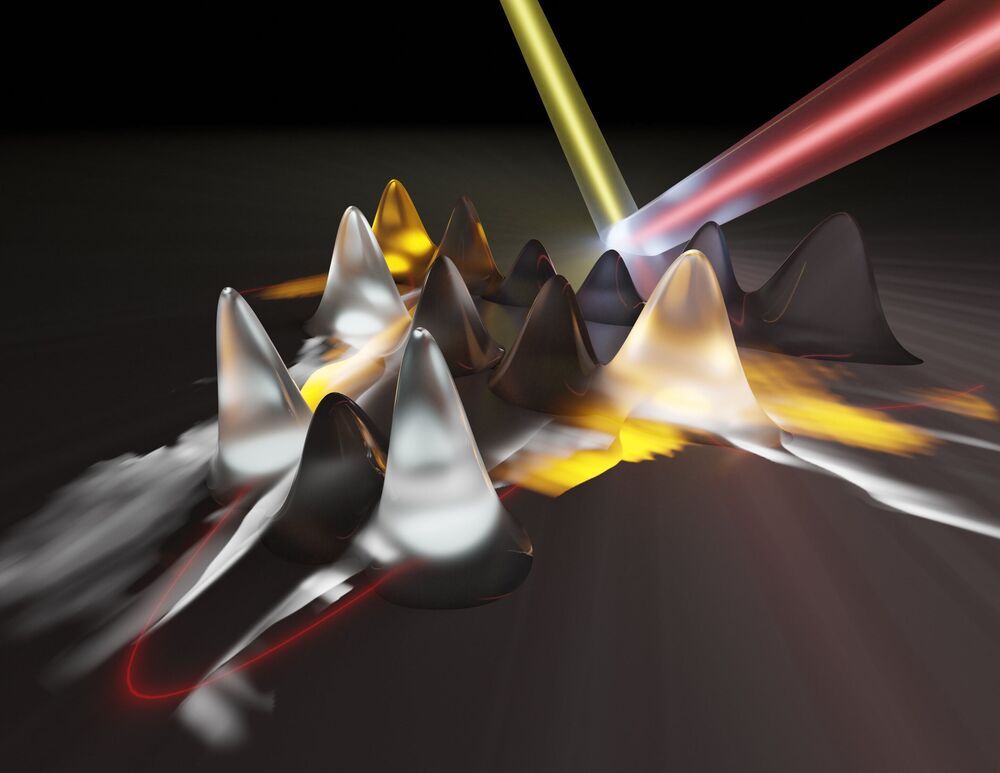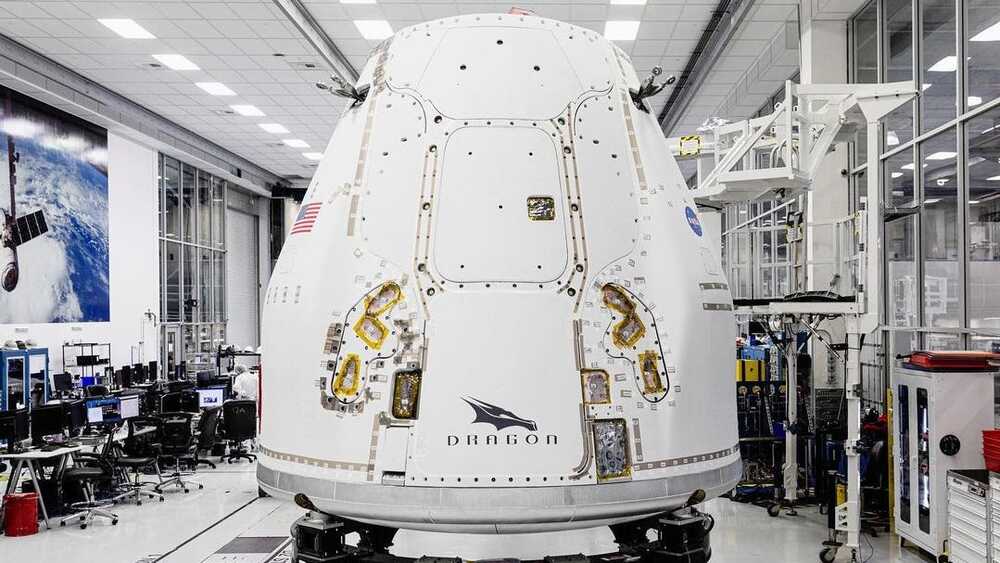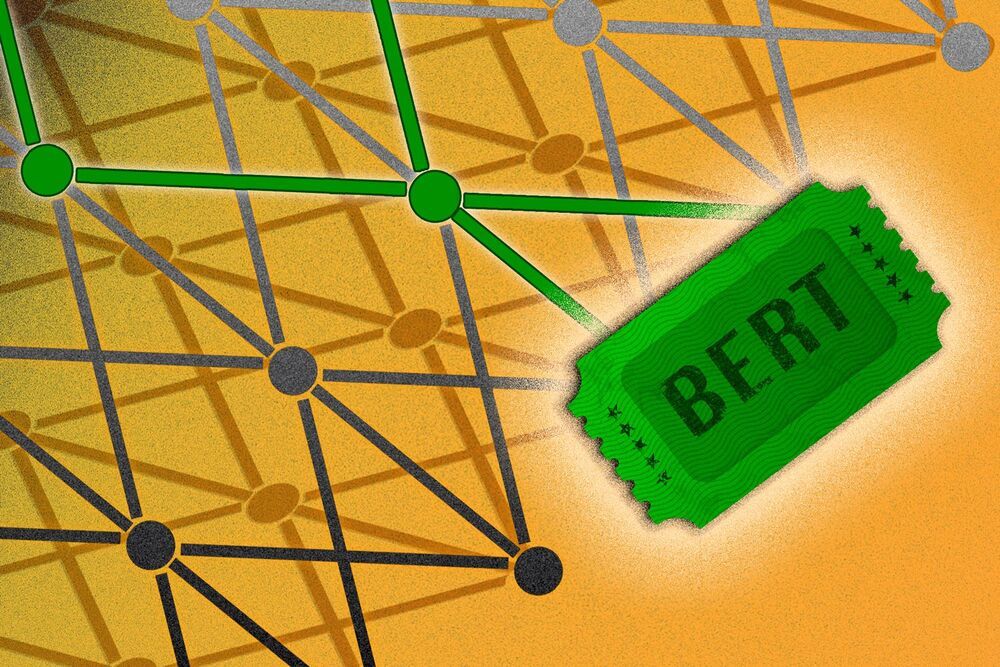Scientists stress that the symptoms of space travel aren’t exactly the same as aging, and many changes reverse themselves once people return to Earth, but the comparisons are still useful. Spaceflight is an immersive experience that spares no traveler, while aging happens to every Earthling whether we like it or not. As such, life in space is a good model for understanding aging as a chronic process, Bailey says. The barren otherworld of outer space could even reveal new ways to protect ourselves against the process of growing old.
Space travel induces bodily changes that are remarkably similar to growing old, providing a unique way to boost medical research.
